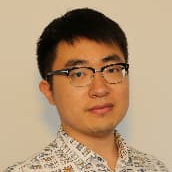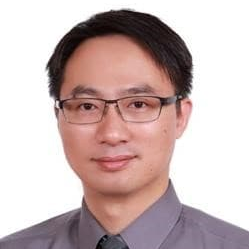Advanced Technologies for Sustainable Water Treatment
A special issue of Water (ISSN 2073-4441). This special issue belongs to the section "Wastewater Treatment and Reuse".
Deadline for manuscript submissions: closed (30 December 2021) | Viewed by 31919
Special Issue Editors
Interests: membrane-based advanced technologies for water treatment and wastewater reclamation, including (i) electrochemical membrane bioreactor, (ii) capacitive deionization (redox-active flow-electrode CDI), (iii) electrochemical membrane filtration, etc
Interests: water–energy sustainable technologies, including synthesis of novel nanoporous carbon materials, analytical techniques of voltametric properties, capacitive deionization for desalination, potential applications of nanomaterials for water purification, and systemic integrated approach to environmental sustainability
Special Issue Information
Dear Colleagues,
In the past century, conventional technologies such as coagulation, sedimentation, and chlorine disinfection have played an important role in water treatment and disposal. However, the world is now facing more challenges in this field as a result of the rapid population growth, the changing environment, and stricter regulation on discharge. This Special Issue of Water on “Advanced Technologies for Sustainable Water Treatment” therefore seeks original research and review articles on advanced technologies addressing the center, emerging challenges at the nexus of water, energy, and health.
Potential topics include but are not limited to the following:
- Selective removal of (micro-)pollutants for water reclamation, including the design of nano-engineering materials and optimization of integrated processes;
- Novel processes and troubleshooting for brackish water desalination, including the development of energy-efficient systems and sustainable management of the concentrate and waste streams;
- Zero-liquid-discharge technologies for industrial water treatment, including reliable processes for organic removal from complicated matrices;
- New insights to resource recovery (such as noble metals and nutrients) during water treatment.
Dr. Jinxing Ma
Prof. Chia-Hung Hou
Guest Editor
Manuscript Submission Information
Manuscripts should be submitted online at www.mdpi.com by registering and logging in to this website. Once you are registered, click here to go to the submission form. Manuscripts can be submitted until the deadline. All submissions that pass pre-check are peer-reviewed. Accepted papers will be published continuously in the journal (as soon as accepted) and will be listed together on the special issue website. Research articles, review articles as well as short communications are invited. For planned papers, a title and short abstract (about 100 words) can be sent to the Editorial Office for announcement on this website.
Submitted manuscripts should not have been published previously, nor be under consideration for publication elsewhere (except conference proceedings papers). All manuscripts are thoroughly refereed through a single-blind peer-review process. A guide for authors and other relevant information for submission of manuscripts is available on the Instructions for Authors page. Water is an international peer-reviewed open access semimonthly journal published by MDPI.
Please visit the Instructions for Authors page before submitting a manuscript. The Article Processing Charge (APC) for publication in this open access journal is 2600 CHF (Swiss Francs). Submitted papers should be well formatted and use good English. Authors may use MDPI's English editing service prior to publication or during author revisions.
Keywords
- Selective removal of (micro-)pollutants
- Nano-engineering materials
- Brackish water desalination
- Management of the concentrate
- Zero-liquid-discharge
- Resource recovery
- Nexus of water, energy, and health
Benefits of Publishing in a Special Issue
- Ease of navigation: Grouping papers by topic helps scholars navigate broad scope journals more efficiently.
- Greater discoverability: Special Issues support the reach and impact of scientific research. Articles in Special Issues are more discoverable and cited more frequently.
- Expansion of research network: Special Issues facilitate connections among authors, fostering scientific collaborations.
- External promotion: Articles in Special Issues are often promoted through the journal's social media, increasing their visibility.
- e-Book format: Special Issues with more than 10 articles can be published as dedicated e-books, ensuring wide and rapid dissemination.
Further information on MDPI's Special Issue polices can be found here.






